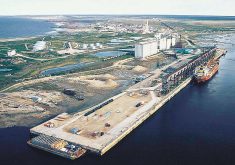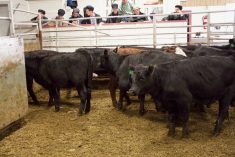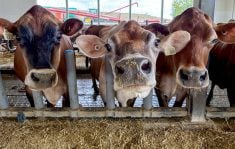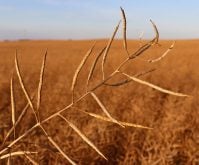With a 25 per cent United States-imposed export tariff still hanging over their heads, Canadian beef producers are bracing for a market disruption not seen since BSE was found in a domestic cow in Alberta in 2003.
Despite U.S. President Donald Trump’s 30-day moratorium on his proposed 25 per cent tariffs on all Canadian goods and services crossing the U.S. border, beef producers (among those in countless other industries) are still operating under a cloud of uncertainty.
Why it matters: Canada has previously turned to set-aside programs when supply chain backed up to the farm gate. If U.S. tariffs come into play, should another such program come into play?
Read Also
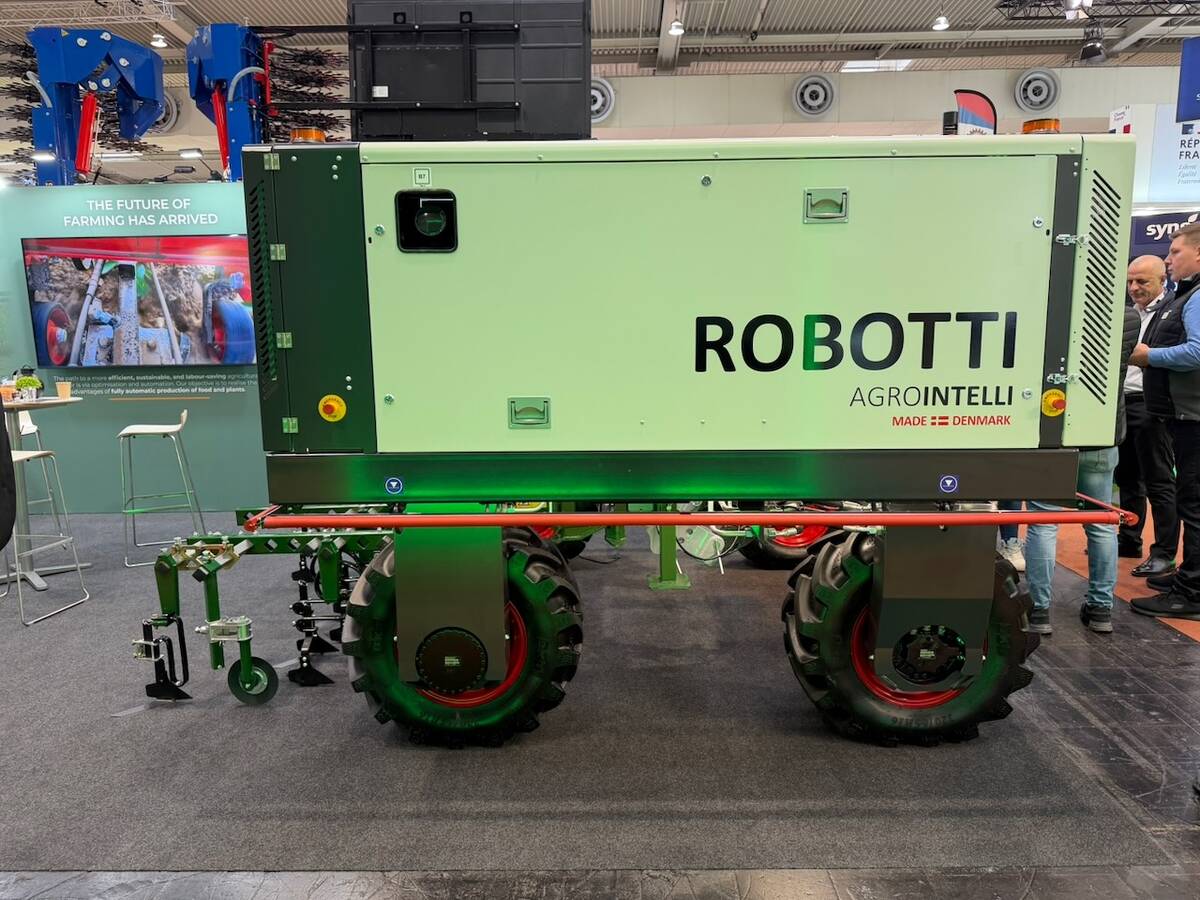
The long march to autonomy
The big players in the machinery market keep adding pieces towards autonomous vehicles for farming, but how far away is a final product?
However, there is an instrument that might minimize beef producers’ sting from these tariffs — one that was deployed just a few years ago in the wake of the COVID-19 pandemic: a set-aside program.
Put simply, a set-aside delays the slaughter of a percentage of finished cattle as beef processors deal with a glut (or what prominent market analyst Jerry Klassen calls “burdensome supply”) of cattle destined for slaughter.
This delay, in theory, reduces the number of cattle available to slaughter and in the process drives up cattle prices. Processors are able to pay feedlots a price at least equal to that of a normal market scenario for their finished cattle, said Klassen when speaking recently to the Co-operator.
During the COVID-era set-aside program, the federal government incentivized and supported feedlots by paying them for the feeding and maintenance of these set-aside finished cattle.

The set-aside system also maintains feedlots’ ability to use live cattle futures for their price discovery and risk management, said Klassen. At least that’s how it worked during the last two set-aside programs (one was also put in place following BSE). It’s somewhat unclear how accurate those futures would be in a scenario of such high tariffs.
On that subject, Brenna Grant, executive director of CanFax, wrote in an email, “Thickening of the border with tariffs result in a weaker basis. Canada could continue using U.S. cash and futures markets as a price reference. Over time, we would see adjustments in the basis that would be built into a new average price relationship.”
The more recent set-aside program was put in place in Alberta, Saskatchewan and Ontario in 2020 in response to processor closures and shutdowns driven by COVID-19 outbreaks.
The federal government, through its AgriRecovery program, shelled out $50 million to help cover feedlots’ costs of maintaining finished cattle. The program ended in 2021.
So, going forward, where does all this leave the cow-calf producer? Canada is a net importer of feeder cattle, said Klassen. If Canada applies a retaliatory tariff on feeder cattle coming from the U.S., the domestic feeder cattle price would increase.
“So the cow-calf producer, through all this mess, probably comes out just the same, if not maybe a little bit better,” he said.
A search of Department of Finance Canada’s list of U.S.products that could be subject to 25 per cent retaliatory tariffs, released prior to the 11th-hour deal that paused tariffs until March, came up with no results for “feeder cattle,” “live cattle” or “cattle.”
In the past two set-aside situations, the finishing feedlot operator got a fair market price that “trickled down” to the backgrounding operator and the cow-calf producer, said Klassen.
In other words, the backgrounder and cow-calf operators got a higher price while the finishing operator got “a bit squeezed on his margins.”

If the concept of a set-aside is put back on the table, finishing feedlot owners will likely want sufficient funding to take care of the set-aside cows. During the COVID-era set-aside, some cattle producers felt the federal contribution did not match the scale of the problem.
“The $50 million for the set-aside program came nowhere close to what our ask was,” said then-Alberta Beef Producers chair Kelly Smith-Fraser in an Alberta Farmer Express article posted online May 19, 2020.
By the time the Alberta provincial government agreed to put up a 40 per cent share for the program, there were already 130,000 finished cows backed up in Alberta feedlots.
The program ended as the burdensome supply was absorbed, said Klassen, who believes new set-aside programs in Alberta and Saskatchewan could be launched in a “pretty orderly” fashion, partly due to past set-asides still being fresh in industry and political memory.
“In Canada, our industry just isn’t as big as the U.S., so it’s a little bit easier to start programs like that,” he said.
“Seventy per cent of the finished cattle are in Alberta and so it’s easy if you get Saskatchewan and Alberta on side, and probably they could work something like that out in Ontario.”
Klassen also floated the idea of a government set-aside program to support cattle exports to the U.S.
“That would probably be the most orderly way of marketing, so Canadian producers still would be faced with a similar market structure that they would have normally, but it would be under the government help.”




